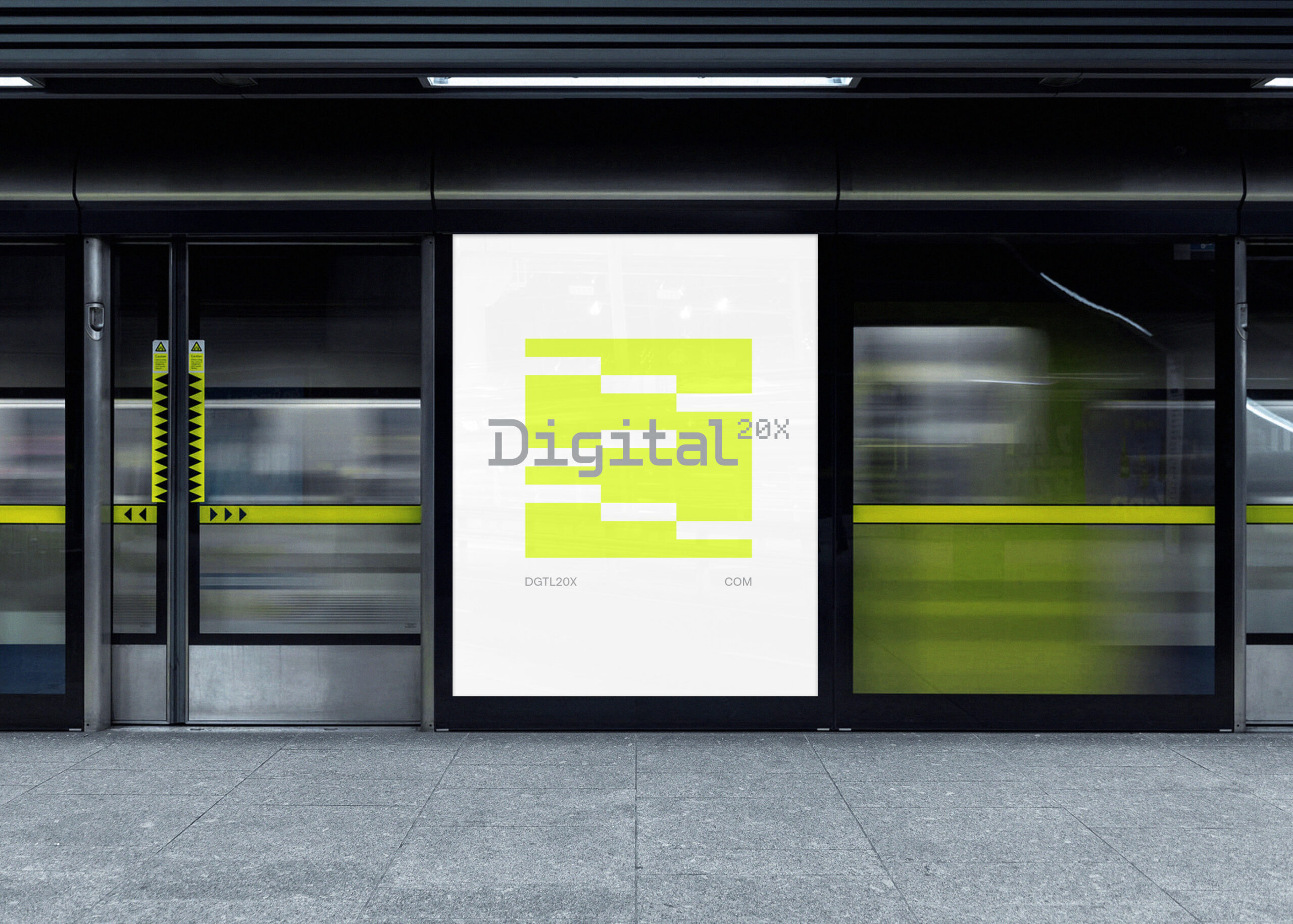Advertising in China: Opportunities in a Rapidly Changing Media Landscape
China’s media advertising sector is thriving in the digital age, providing a wide range of opportunities for businesses to engage with customers. Its landscape combines traditional platforms like print, radio, and television with new formats such as digital, mobile, and social media advertising.
Advertising in China is both exciting and challenging due to the market size and availability of sophisticated audience targeting tools. Choosing the right channels and strategies to match audience preferences and campaign goals is crucial.
This article explores the advantages and challenges of Chinese media advertising, its different forms, key strategies, and case studies of successful brands.
Benefits of Advertising in Chinese Media
Broad Scope
Chinese advertising channels, particularly in busy cities, provide unparalleled national and international reach.
Major campaigns on TV, outdoor billboards, and social media ensure high exposure, ideal for increasing brand awareness.
Variety of Media Choices
The diverse media landscape allows brands to address multiple marketing needs, from print and TV ads to digital and mobile campaigns.
Platforms like Baidu, WeChat, and Douyin enable targeted campaigns for specific industries, interests, and demographics.
High Interaction
Social media and short-video platforms have transformed consumer engagement.
Features like likes, comments, shares, and challenges on WeChat Moments, Douyin, and Kuaishou foster direct and meaningful engagement.
Data-Driven Targeting
Big data and AI enable precise audience segmentation.
Advertisers can create tailored ad content to increase relevance and conversion rates.
Common Forms of Advertising in China
- Television Advertising: TV remains a major component of the market despite digital growth. High visibility and credibility, especially during events like the Spring Festival Gala on channels like CCTV.
- Online Promotion: Includes video, native, and display ads on Baidu, Tencent, and Alibaba. Supports customized campaigns to improve online visibility.
- Social Media Advertising: Influencer partnerships, short-video campaigns, and in-feed ads on WeChat, Weibo, and Douyin. Essential for brand loyalty and direct consumer interaction.
- Mobile Advertising: With over 1 billion smartphone users, mobile ads dominate. In-app ads, native integrations, and gamified formats on Kuaishou and Douyin target mobile-first audiences.
- Search Engine Advertising: Ads on Baidu, 360 Search, and Sogou target users with intent-driven queries. Keyword strategies increase conversions by reaching high-intent consumers.
- Outdoor Promotion: LED displays, bus stops, and subway ads in cities like Beijing, Shanghai, and Shenzhen. Ideal for high-impact campaigns targeting pedestrians and commuters.
Key Techniques for Success in Chinese Media Advertising
- Audience Segmentation: Tailor campaigns to demographics such as age, geography, and interests. Example: CCTV for middle-aged/older audiences; Douyin for younger users.
- Cross-Channel Integration: Combining platforms ensures broad impact. TV raises awareness, while social media and search drive conversions.
- KOL (Influencer) Marketing: Partnering with influencers on Douyin, Weibo, and Xiaohongshu enhances visibility and credibility.
- Real-Time Optimization: Track engagement, clicks, and conversions to adjust campaigns dynamically. Data-driven adjustments maximize ROI.
- Regional Customization: Adapt campaigns to local preferences. Tier 1 cities suit premium brand ads; lower-tier cities suit value-focused promotions.
Case Studies of Successful Brands
- Xiaomi – Social Media Promotion: Leveraged influencer partnerships on Douyin to engage younger audiences, combining storytelling with interactive content.
- Nike – WeChat Moments Campaign: The “Just Do It” campaign reached millions, boosting engagement through interactive ads.
- Coca-Cola – Douyin Challenge: Encouraged user-generated content with branded filters, generating viral momentum.
Measuring Advertising Effectiveness
- Impressions and Reach: Use platform analytics and foot traffic to estimate exposure.
- Engagement Metrics: Track website visits, shares, and clicks to gauge interaction.
- Customer Feedback: Surveys and reviews assess recall and brand perception.
Conclusion
The dynamic Chinese media advertising market offers exceptional opportunities to engage a wide audience. Its broad reach, high interactivity, and data-driven strategies enable brands to make lasting impressions.
By leveraging multi-channel integration, audience-specific customization, and KOL influence, brands can navigate this complex environment and thrive in one of the world’s most competitive markets.
In the digital age, China’s media advertising can serve as your gateway to unmatched brand growth.
Frequently Asked Questions (FAQ)
Q1: What are the most effective advertising platforms in China?
The most effective platforms include WeChat, Douyin, Baidu, and Weibo. These channels dominate the digital ecosystem and allow precise targeting of audiences.
Q2: Is TV advertising still relevant in China?
Yes. Television, especially CCTV, continues to offer massive reach and credibility, particularly during national events like the Spring Festival Gala.
Q3: How important is influencer (KOL) marketing in China?
KOL marketing is crucial. Chinese consumers value recommendations from trusted influencers on platforms such as Douyin, Xiaohongshu, and Weibo, making it a powerful tool for engagement.
Q4: What is the role of mobile advertising in China?
Mobile advertising is dominant due to the country’s 1 billion+ smartphone users. Most campaigns now focus on in-app ads, gamified short videos, and mobile-first content.
Q5: How can brands measure advertising success in China?
Success can be tracked through impressions, clicks, conversions, and engagement metrics like shares and comments. Surveys and feedback also help measure recall and brand impact.
GET IN TOUCH WITH OUR TEAM

Melbourne
Head Office
Level 7, 492 St Kilda Road,
Melbourne Vic 3004
Ph: 03 9867 1022
info@sjmediagroup.com.au

Sydney
Office
Level 3, WeWork c/o S&J Media Group,
100 Harris Street,Pyrmont NSW 2009
Ph: 02 8424 6100
info@sjmediagroup.com.au

Brisbane
Office
WeWork c/o S&J Media Group,
310 Edward St,Brisbane City QLD 4000
Ph: 07 3217 2233
info@sjmediagroup.com.au

